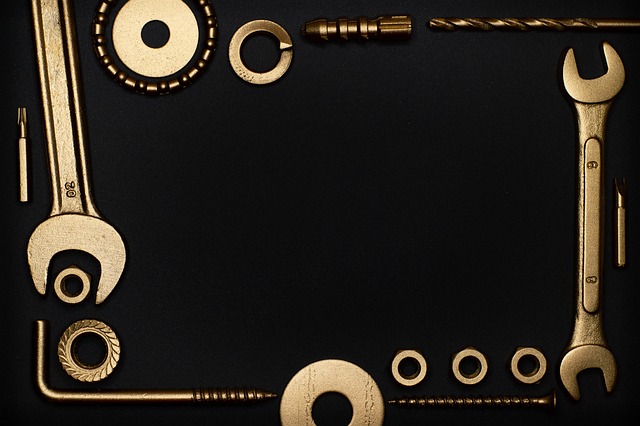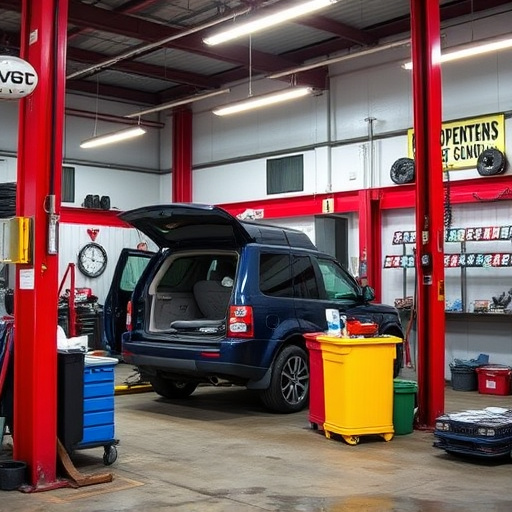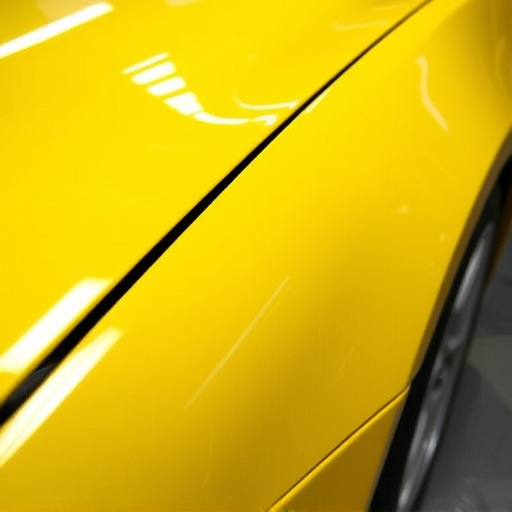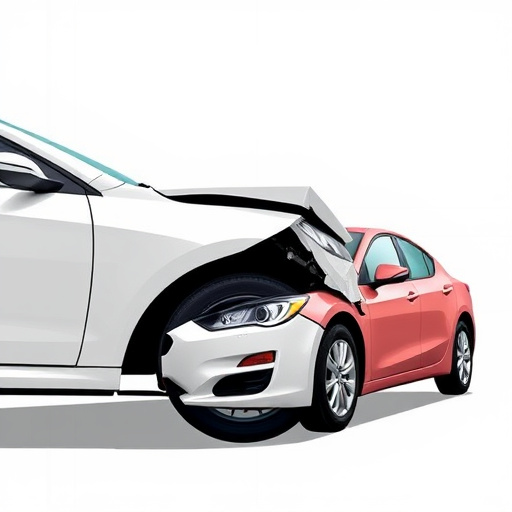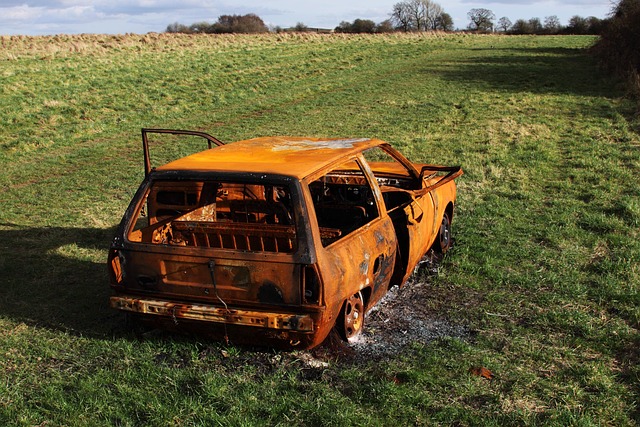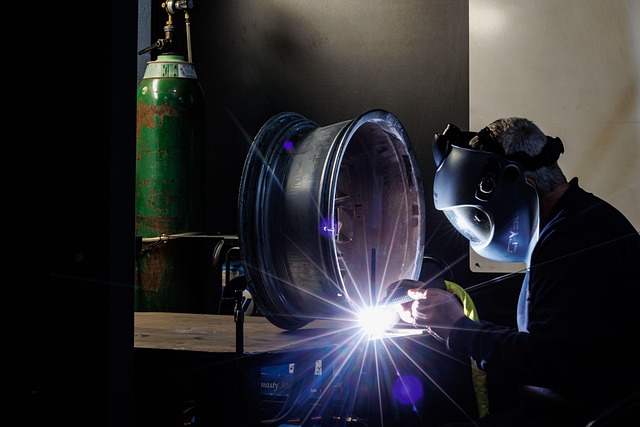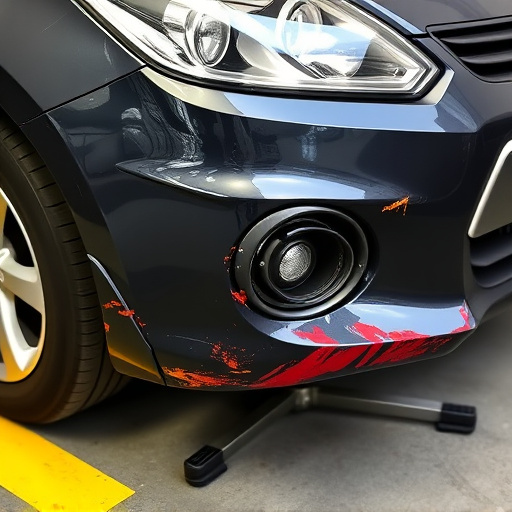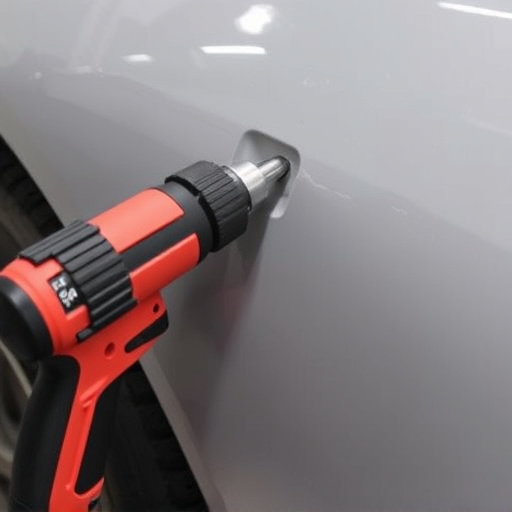Paintless dent repair (PDR) is a non-invasive car bodywork technique that avoids repainting by manipulating metal behind panels to reverse dents gently. Preferred for minor dings and creases, PDR preserves original finishes, offers efficient solutions, and maintains structural integrity with minimal disruption. While ideal for aesthetics and cost savings, severe damage or color mismatch might require alternative methods, yet technological advancements expand its applications.
“Uncover the secrets behind the innovative Paintless Dent Repair (PDR) method, a non-invasive car body repair technique that’s revolutionizing the automotive industry. This article delves into the fundamentals of PDR, exploring its science-backed approach to removing dents and dings without paint damage. We break down the advantages and limitations, offering a comprehensive guide for understanding this game-changing methodology in modern car care.”
- Understanding the Basics of Paintless Dent Repair
- The Science Behind the Method's Non-Invasive Approach
- Advantages and Limitations: A Comprehensive Look
Understanding the Basics of Paintless Dent Repair
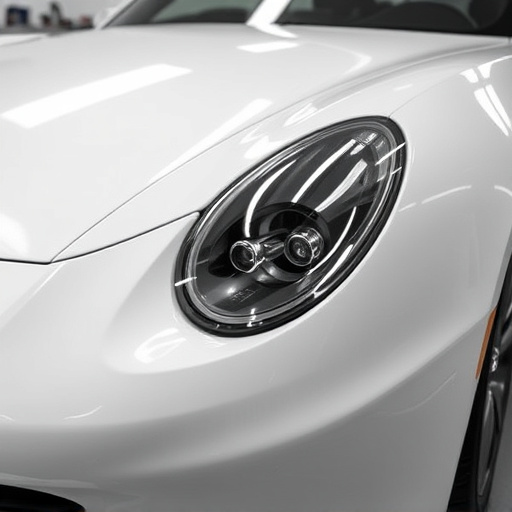
Paintless dent repair (PDR) is a specialized technique that has revolutionized car bodywork services. Unlike traditional methods involving auto glass replacement or collision repair services, PDR focuses on restoring damaged vehicle surfaces without removing or replacing paint. This method has gained popularity due to its efficiency, cost-effectiveness, and minimal disruption to the original finish.
The process begins with trained technicians using specialized tools to access and manipulate the dented area from behind the panel. By carefully applying pressure, they can gradually push the damaged area back into place, effectively removing the dent. PDR methods are particularly effective for minor dings, creases, and dents, making it a preferred choice for many car owners looking to avoid the hassle and cost of traditional collision repairs.
The Science Behind the Method's Non-Invasive Approach
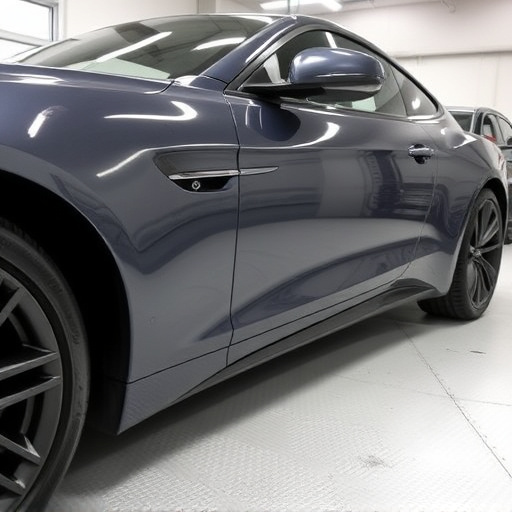
The paintless dent repair method stands out among car body repair techniques for its non-invasive nature. Unlike traditional fender repair methods that often involve cutting, welding, or painting, this innovative approach preserves the original factory finish of a vehicle. By carefully manipulating the metal using specialized tools and techniques, such as plastic deformation and air pressure, technicians can reverse dents without damaging or altering the car’s exterior. This not only saves time and money for both customers and car body shops but also ensures a more seamless and structurally sound repair.
The science behind this method leverages the pliability of metal and the precision of modern tools. Technicians use a combination of mallets, rollers, and air-powered equipment to gently work the dented area back into its original shape. This meticulous process allows for precise adjustments, resulting in repairs that are nearly invisible to the naked eye. By avoiding the need for repainting or re-priming, the paintless dent repair method maintains the car’s aesthetic value and overall integrity, making it a preferred choice for those seeking top-notch fender repair without the invasiveness of conventional methods.
Advantages and Limitations: A Comprehensive Look
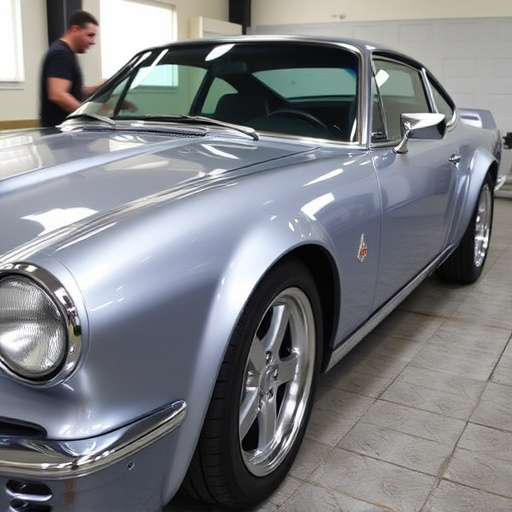
The paintless dent repair (PDR) method offers several advantages over traditional dent repair techniques that involve painting and body work. One of its key benefits is minimal interference with the vehicle’s original finish, making it an attractive option for those prioritizing aesthetics and preserving the car’s value. PDR uses specialized tools to gently press and realign damaged panels back to their original shape, eliminating the need for sanding or repainting. This not only saves time but also reduces the risk of color mismatch and surface imperfections that can occur with conventional methods.
However, while PDR is highly effective for certain types of dents, it does have limitations. It’s best suited for smaller dings, dents, and creases, typically less than 1 inch in diameter. Deep or complex damage where the panel has been distorted or bent beyond its original shape may not be effectively addressed with PDR alone. Moreover, the method requires skilled technicians and specialized equipment, which can make it more expensive compared to traditional body shop services for severe cases. Nonetheless, as automotive restoration techniques continue to evolve, advancements in PDR technology promise to further expand its capabilities and accessibility.
Paintless dent repair (PDR) has emerged as a game-changer in the automotive industry, offering a non-invasive approach to restoring vehicle aesthetics. By leveraging specialized tools and scientific principles, PDR technicians can effectively remove dents without damaging the paintwork. This method not only enhances the car’s appearance but also preserves its value. While PDR offers numerous advantages, such as reduced time, cost, and minimal disruption to the paint surface, it has limitations, including its ineffectiveness on severe or deep dents. Understanding both the science and constraints of this innovative technique empowers automotive enthusiasts and professionals alike to make informed decisions regarding their vehicle’s care.



